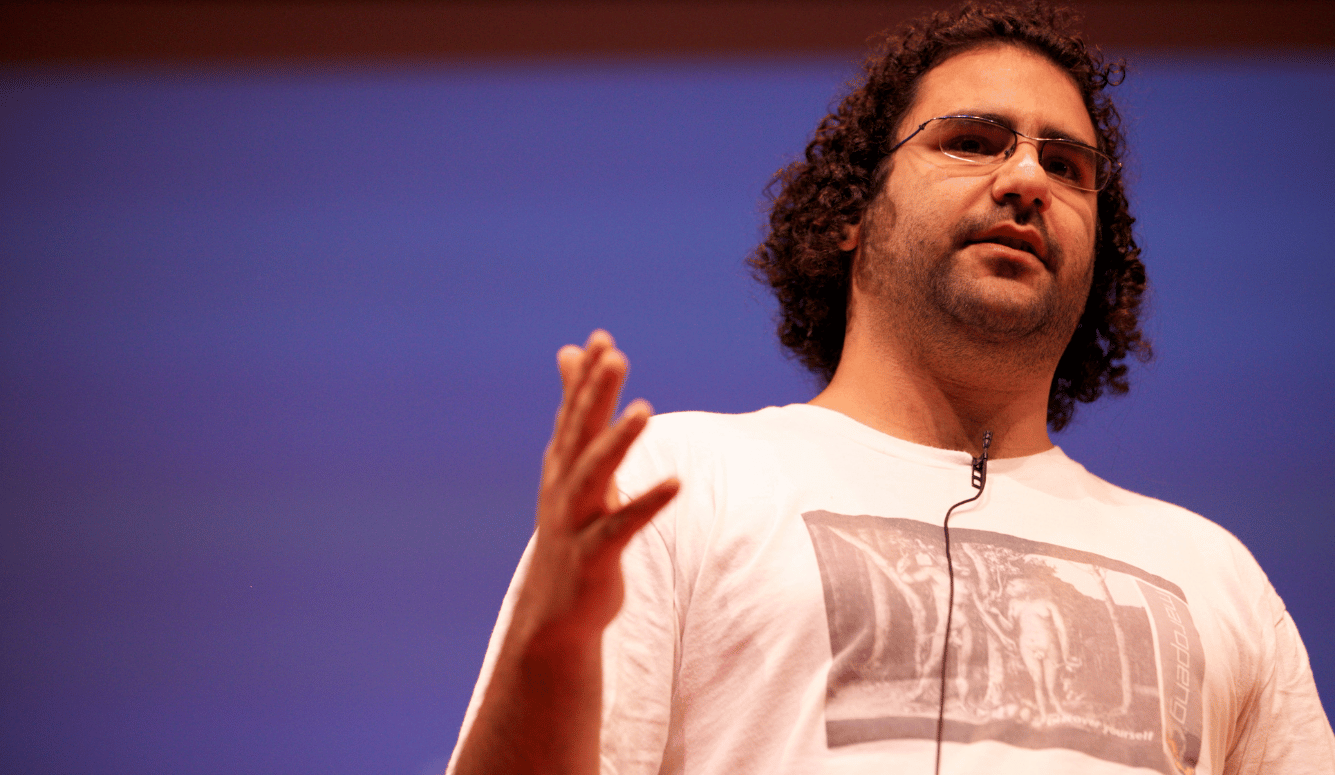US Politics
The Case for a Merit-Based Immigration System
The current system is not only economically counterproductive but incentivises people to become illegal immigrants.

As the 2024 US presidential election approaches, immigration continues to be one of the most divisive topics in the national conversation. Amid this debate, one disparity is frequently overlooked: the contrasting treatment of international students who have graduated from US universities versus undocumented immigrants. While international students must navigate a complex and highly selective process to secure their place in the country, many undocumented immigrants attempt to manipulate the asylum system, adding strain to an already overwhelmed infrastructure. This contrast underscores the shortcomings of the current immigration framework and highlights the urgent need for a points-based immigration system.
Asylum Seekers and the Legal Limbo
The US has a moral obligation to assist asylum seekers and refugees. Following the Refugee Act of 1980, the country admitted 50,000 refugees annually from around the world—including some of my own aunts and uncles, who were fleeing the genocide in Cambodia. But the process was different back then. Asylum cases were reviewed while applicants were still overseas. Defectors, dissidents, and refugees from places like Cambodia and Vietnam were stationed in refugee camps and pre-vetted before being granted visas to enter the US.
Before the advent of rapid transit and instant communication, the idea that large numbers of asylum seekers would be able to arrive at land borders unannounced was almost unimaginable, but this changed in around 2014. The US Border Patrol officers, who had been trained to intercept single Mexican men crossing the border in search of work, now faced an influx of entire families from Central America, who arrived, promptly turned themselves in, and sought asylum. Some of those who were successful naturally shared tips on how to game the system on their social media accounts. The number of economic migrants entering under the guise of seeking asylum increased.
According to Luis Miranda, Assistant Secretary for Communications with the Department of Homeland Security, 80 percent of asylum claims made in the United States are rejected. Many applicants do not meet the established criteria: fear of persecution because of such things as their race, religion, sexual orientation, or political convictions. Asylum is not intended for those fleeing economic hardship or general violence in their home countries. Applicants first undergo a “credible fear” interview to determine if their claim has merit. If they pass, they may be released into the US to await a court hearing—a wait that can be pretty lengthy, since the average time taken to adjudicate an asylum claim is currently four to six years. The Department of Homeland Security and the Executive Office for Immigration Review (EOIR) noted in 2023 that “the current asylum system—in which most migrants who are initially deemed eligible to pursue their claims ultimately are not granted asylum in the subsequent EOIR [the agency that oversees the immigration courts] removal proceedings—has contributed to a growing backlog of cases awaiting review by asylum officers and immigration judges.”





